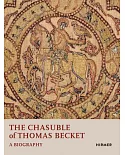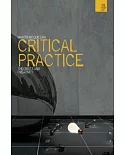Attributing old master paintings is one of the most difficult tasks of the art historian. While authorship has important implications for the field of art history and for valuation, little
has been written on the theory and techniques of the connoisseur’s work. This volume analyzes the role of the expert’s intuition along with efforts to develop scientific
techniques.
The author focuses on the challenges of attributing seventeenth-century Dutch and Flemish art, then turns to investigating connoisseurship, arguing that to evaluate authenticity, it is
necessary to understand what it meant when the paintings were created. Further discussions probe the understanding of an “original” versus a “copy” at a time when painters routinely produced
multiple versions of a work; the meaning of “by the master’s hand” when paintings were often produced with the help of assistants; and the significance of style when artists intentionally
varied theirs depending on the subject matter or the audience.





















